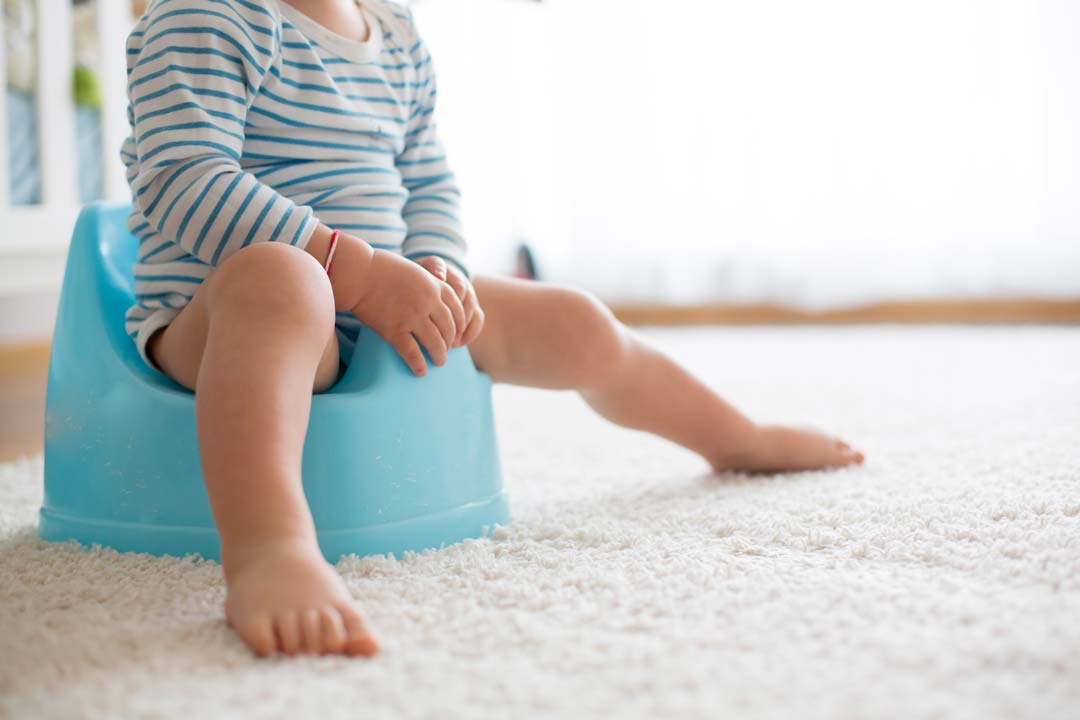SELF HELP SKILLS IN THE EARLY YEARS – TOILET TRAINING
Children continue to develop life skills across many areas as they grow such as: feeding themselves, dressing, and undressing, putting sunscreen on, putting shoes and socks on and doing up shoelaces, identifying and finding their belongings, and managing everyday routines like toileting and handwashing. These are not easy to learn when your body is still developing, and you are learning about yourself and how your body works and coordinates. All these skills require patience and practice.

Life skills develop best when:
-
Adults around the child recognize their readiness to try by the small cue’s children demonstrate
-
Children show some interest in areas of their body functions
-
Adults provide opportunities at appropriate times without pressuring the child
- Adults follow up with positive reinforcement regardless of the outcome, so children will continue to try until they manage the skill well and with confidence. As we know—practice makes perfect, but pressure can delay learning and increase anxiety when success is not achieved straight away. This can lead to fear of the process and refusal to try.
This article will briefly touch on one of those skills, Toilet Training, and how we manage this in a group care setting such as childcare. This can differ a little from home learning, as we have so many children of a similar age who may or may not be ready to learn the same skills. In childcare settings, we too, follow the steps outlined above, but with some variation because of the many hygiene and safety regulations, we must follow. For example, in childcare settings, we are not permitted to use potties for hygiene reasons, so toilets it is.
These processes always work best for the child concerned when parents and centre decide together on beginning the training process and support the child throughout their learning in the same ways, to prevent confusion for the child that can slow their progress.
NOTE: This skill does not develop well when it is simply that parents have decided “now is the time” as it suits them for an upcoming holiday or other “convenience” reasons like being tired of buying or changing nappies. It is about the child’s readiness. It also does not develop on its own without help, positive support, and consistency from family.
In Toilet Training, how do you know when your child is ready to begin, and at what age should this occur?
Children are ready for toilet training at varied ages, some earlier and others a little later. This does not mean some children are smarter than others, just that their body is developing at a different rate in some areas. As a rule of thumb, toilet training usually begins anywhere from 18months (for early stages like basically recognising wet sensations) to 2 years before the muscles develop enough to manage some level of faeces control. Training can take a few weeks or months, again, depending on each child’s readiness and how it is managed.
Certainly, children should be completely toilet trained by around 3 years. However, as your child’s toileting skills develop, it is vital to always be positive about any attempts, successful or not, to keep your child keen to try, and for adults not to become obsessed about it as this can translate into a feeling of pressure for the child. Just managing to sit on a toilet without fear is a step forward as balance can be difficult for some children.
What do children need to learn when toilet training?
When toilet training, children learn several skills and take several steps to complete it successfully each time. This includes:
- Recognising the need to use the toilet
- Pulling outer clothing and underwear or pull-ups down in time
- Mounting the seat and maintaining balance on the toilet
- Wiping their bottom effectively
- Dismounting the toilet safely
- Putting on underwear or pull-ups and outer clothing
- Washing and drying hands using the appropriate steps
- Disposing of used paper towel in the correct bin
When you break it down to the steps taken, using the toilet successfully is quite a big task for a small child to get right each time and they will need encouragement to keep trying.
Children who are toilet training usually temporarily keep using a rest/nighttime nappy, until full control is achieved. Bedwetting can be distressing for children, so this is the final step in training. Parents and educators will decide together when the time is right to discard the rest/nighttime nappy.
What signs should we look for to begin training?
Look for signs such as:
- Your child can understand simple instructions and follow them
- Your child can use words or simple signs to communicate to you about their needs
- Your child demonstrates an interest in the toilet, or in others using the toilet
- They may pull at a wet and dirty nappy indicating they are aware of the discomfort and wish to be rid of it
- Your child may tell you they have filled their nappy after they have just done it. They know what the feeling is now but need to learn to identify it just before it happens next time and perhaps remember to tell you. This may take many reminders before success is achieved
CONTACT ONE OF OUR CENTRES
Out & About Care and Education
2 Newspaper Place
Maroochydore Q 4558
Google Map Link
newspaperpl@outandabout.net.au
07 5413 8099
CONTACT NEWSPAPER PL
Out & About Care and Education
30 Dalton Drive
Maroochydore Q 4558
daltondr@outandabout.net.au
07 5479 1411
CONTACT DALTON DR
Out & About Care and Education
6 Mooloolah Rd
Mooloolah Valley Q 4553
mooloolah@outandabout.net.au
07 5356 9323

